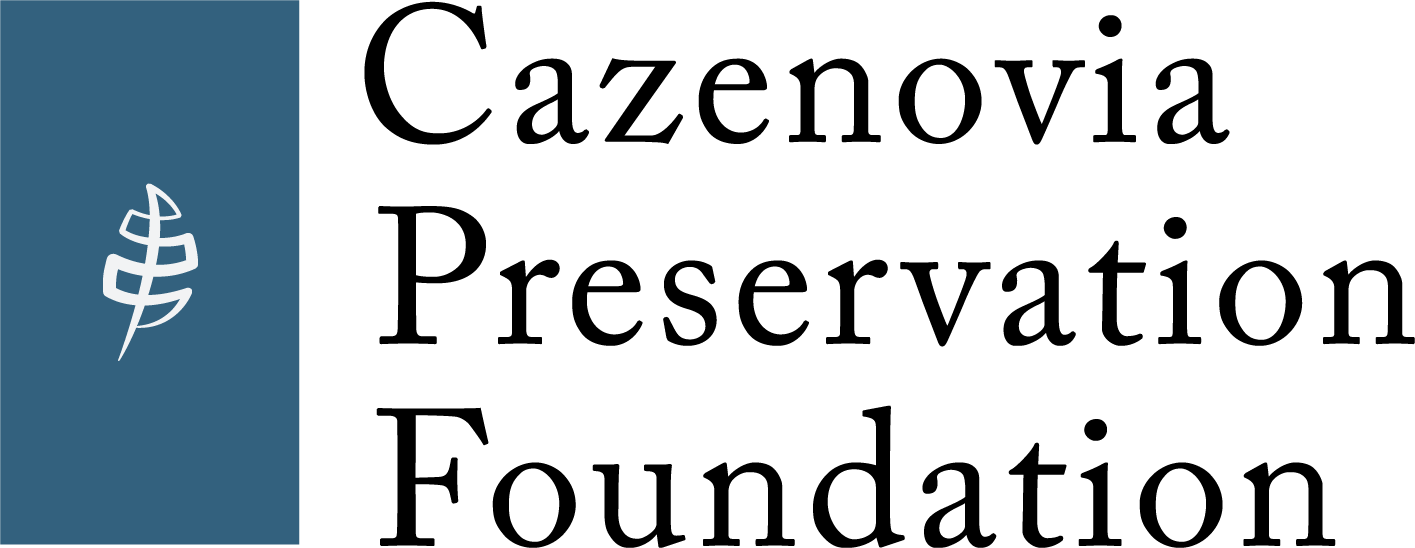Message from the Executive Director
How do you know that a place is special? As a scientist, I could overwhelm you with data about the Schapiro Farm—its size (375 acres), the amount of carbon sequestered in the forest stands (90-110 metric tonnes per acre), and the number of bird species identified on a single morning in June (27). But, for now, I’d like to tell you about a completely different place.
Over 30 years ago, I was standing on the deck of the motor vessel Reliance, heading out of Rockland Harbor in Penobscot Bay, Maine. Eleven miles offshore, the boat rounded the north end of Hurricane Island, and I could see a cove where four small sailing vessels and a Boston Whaler were moored. A little cedar-clad building, the Bosun’s Locker, was built atop the big granite blocks of the pier. As we continued around the point, the island’s characteristic shape appeared; the height of land toward its southern end, and the profile that I would come to think of as “home.” The sky was unusually clear for June and the water was an incredibly deep shade of blue. In combination with the peachy-golden weathered granite, the dark brown line of dried bladderwort, and the green-black of the spruce trees and shadows under them, the scene was almost painfully beautiful, and I felt tears welling in my eyes.
During the nine summers that I lived and taught on the island, I came to learn that this was a cherished place. For those of us who were lucky enough to call it home, and to care for it for a week or a season, it was a place that allowed space for reflection surrounded by undeniable natural beauty and a community of people who challenged each other to be the best version of themselves. The reverence for “place” was evident in every human-occupied part of the island, down to the hand-carved signs at every trail junction and the carefully tended kitchen garden, providing herbs and nasturtium blossoms to garnish the evening meal. I couldn’t have known all of that, when I first saw the island from the boat, but I sensed it, just as I intuited the importance that it would have on my life. Even after all these years, scenes from the island are often part of my dreamscapes, with the unrelenting warning of the Heron Neck foghorn echoing every 30 seconds in the background of my sleep, as it so often had during those island summers.
In 2019, when I first arrived at the Schapiro Farm, I felt a sense of recognition—this, too, was a place that had been cherished, cared for… revered.
Through my conversations with Susan Schapiro and Sally Vernon, I grew to appreciate what their parents had built. It went beyond the meticulous management of the land and property—they had created something special. It was a place where aunts and cousins and friends would gather to spend time, playing tennis or helping with the potato harvest. The Schapiro Farm was more than a place in a geographic sense, a spot on a map. It was a compelling experience that enticed people to return again and again—an alluring epicenter for their family community.
I think that when our experience of a place shapes us, we care for it in ways that leaves a mark that others also perceive as special. What was it that I sensed when I was overcome at the first site of the anchorage at Hurricane Island and that I felt again on that initial visit to the Schapiro Farm? What clues do we humans subconsciously notice in the buildings, the land, when a place has been cherished?
As CPF plans for the future of the Schapiro Farm, these questions must guide us. In addition to important ecological goals—such as ensuring that the shoreline remains forested to protect reservoir water quality and managing fields to provide habitat for meadow-nesting birds—we would be remiss if we didn’t also commit to preserving the intangible qualities of The Farm. We must strive to honor the essence—the experience—of this place, as we prepare to steward it, and, in time, share it with the community.
Jen Wong
CPF Executive Director


